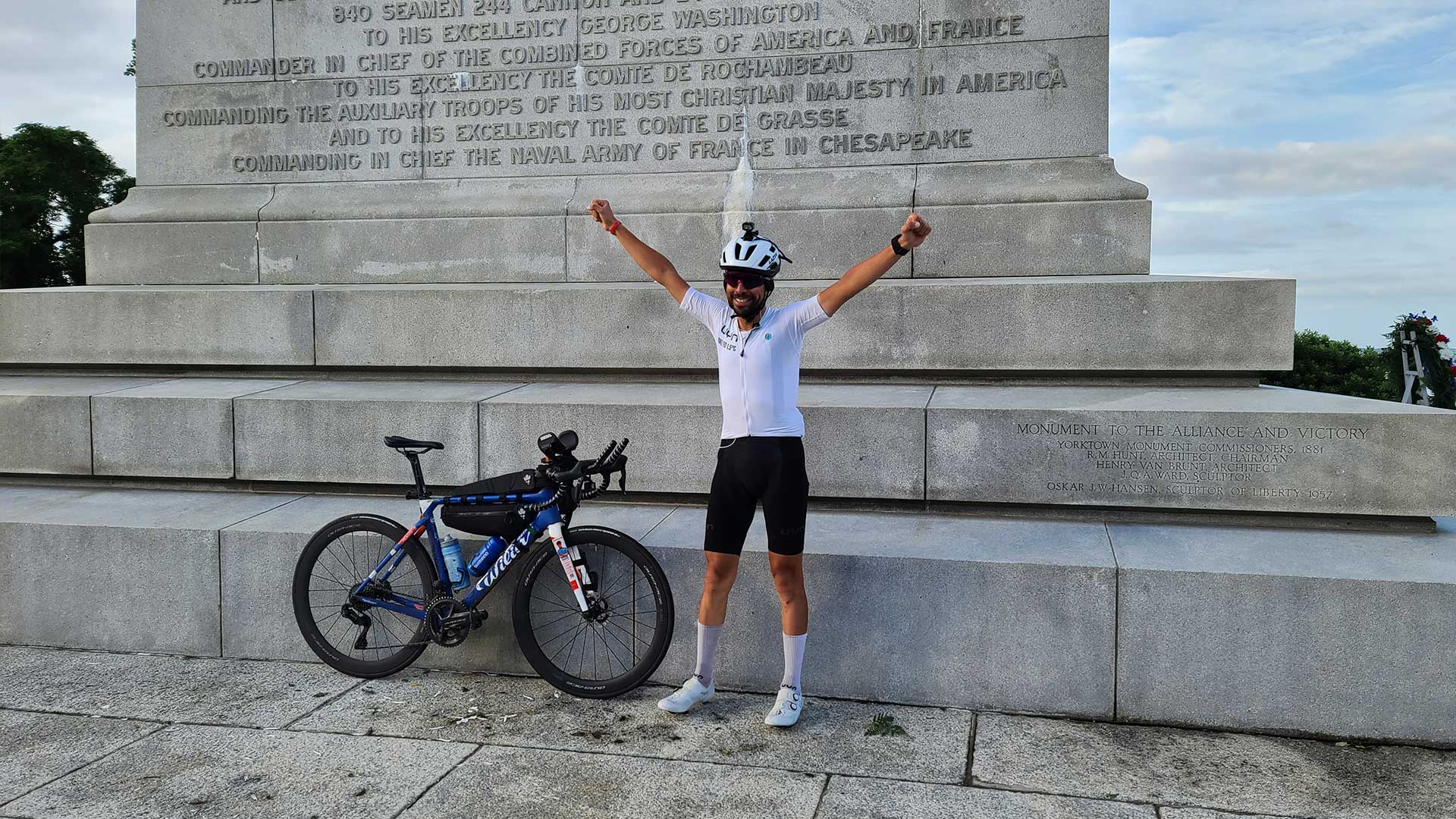The legend of the Lagos de Covadonga
The inclusion in the Vuelta a España of the uphill thirteen kilometres that from the Basílica de Santa María la Real de Covadonga lead to Lake Enol which, together with Lake Ercina, form the group known as Lagos de Covadonga, is one of the greatest and most recent discoveries of cycling.
The magnitude of placing the finish line at Lagos de Covadonga is reflected in the expressions of exertion and disbelief on the face of the first winner, Marino Lejarreta, at every unexpected and killer change in gradient, even when the finishing line banner seemed already within reach.
It was 2 May, 1983, and since then the arrival at Lagos has always been the conclusion of a highly awaited stage.
Then again, the by now customary alternation in the Vuelta a España editions of the Lagos de Covadonga with Alto de Angliru clarifies better than any other description the degree of difficulty of the climb.
Even so, the altitude of Lake Enol – 1124 m.a.s.l. – wouldn’t lead anyone to predict such a terrible challenge. Yet, the extreme vicinity of the Picos de Europa, and therefore of Covadonga, to the ocean produces considerable elevation gain and extremely daunting slopes.
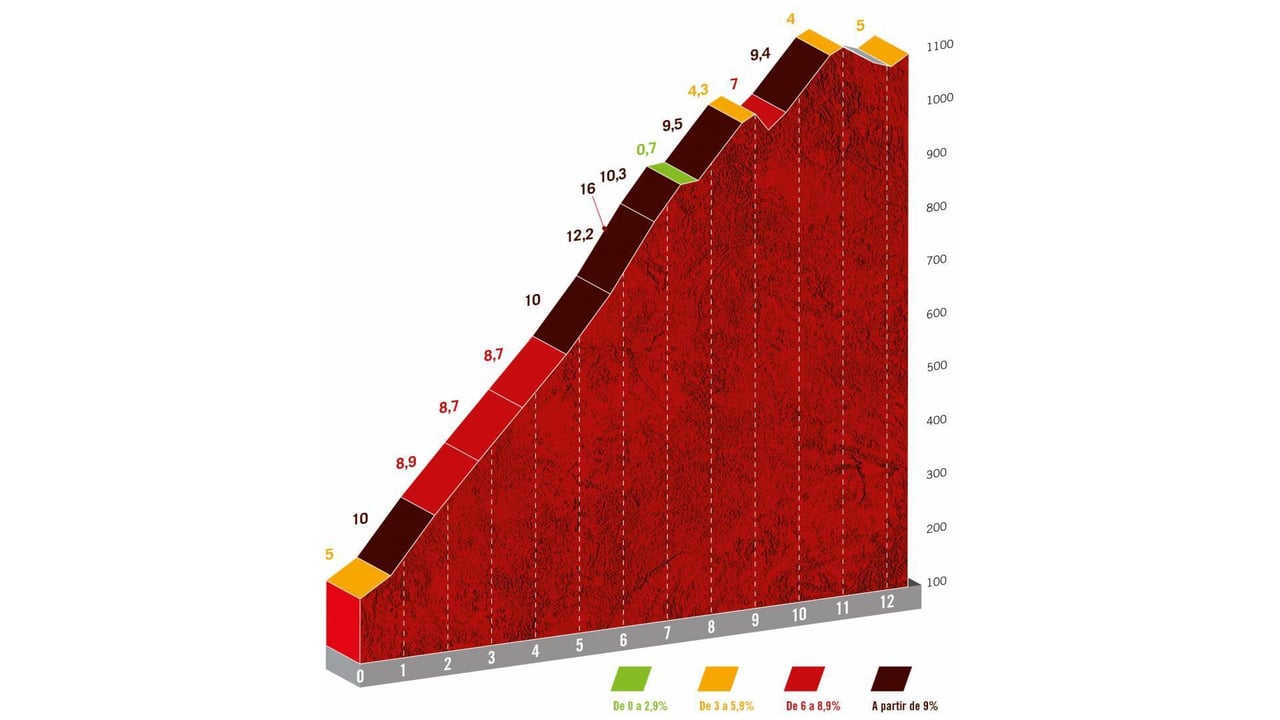
In addition to this, the fame of the Lagos de Covadonga is linked to the weather conditions typical of Asturias, so incredibly affected by the proximity of the Atlantic Ocean.
Even in August, it is quite normal to see racers emerging from thick fog like ghosts, after watching them pedal for an entire stage under a persistent drizzle: the trademark of this part of southern Europe that, weatherwise, resembles the British Isles.
It is the sum of all these elements – elevation gain, rabid gradient changes, weather conditions – that make the ascent to the Lakes an important proving ground for bike lovers: a challenge that should be faced at least one time in your life.

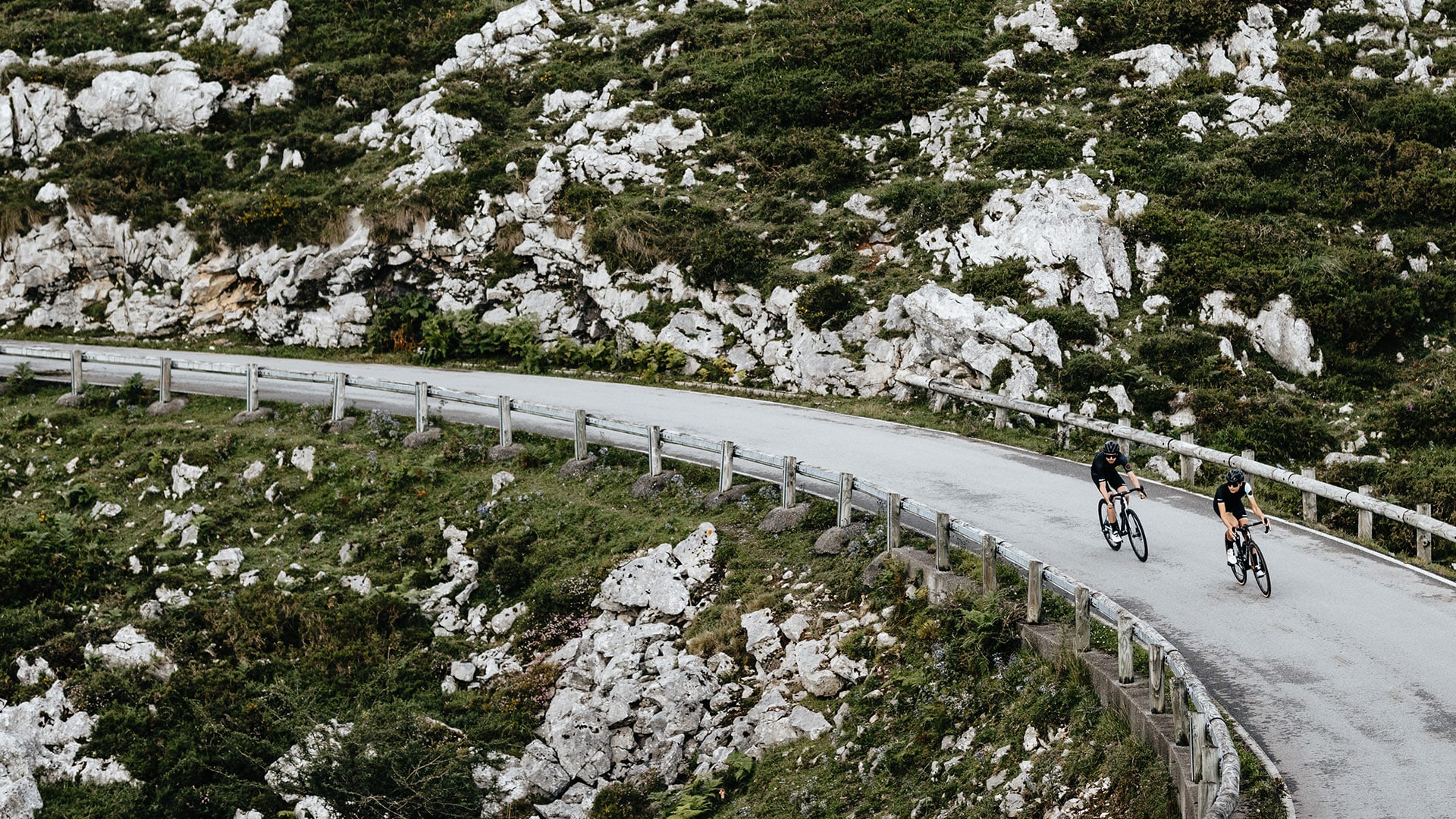
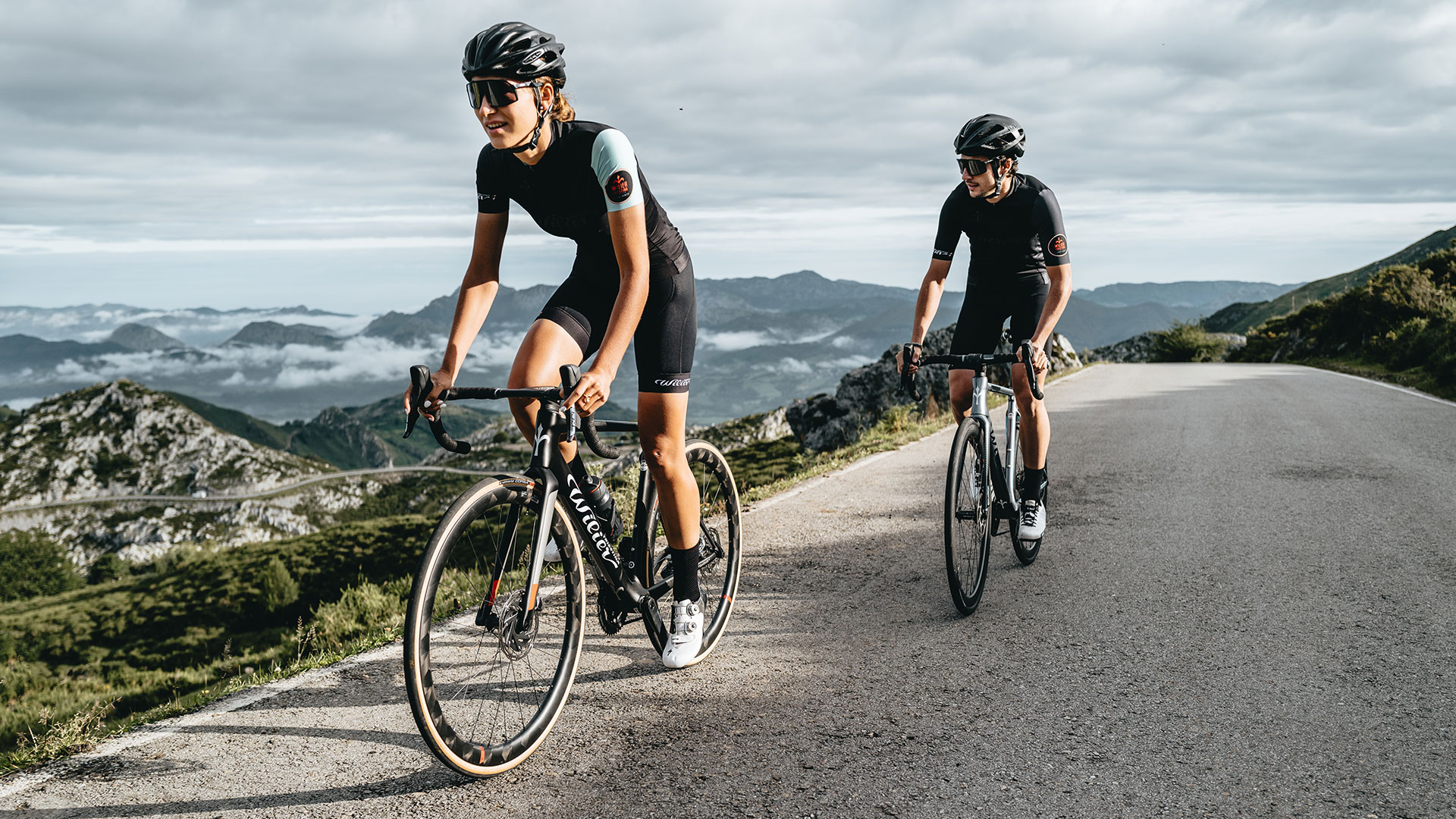
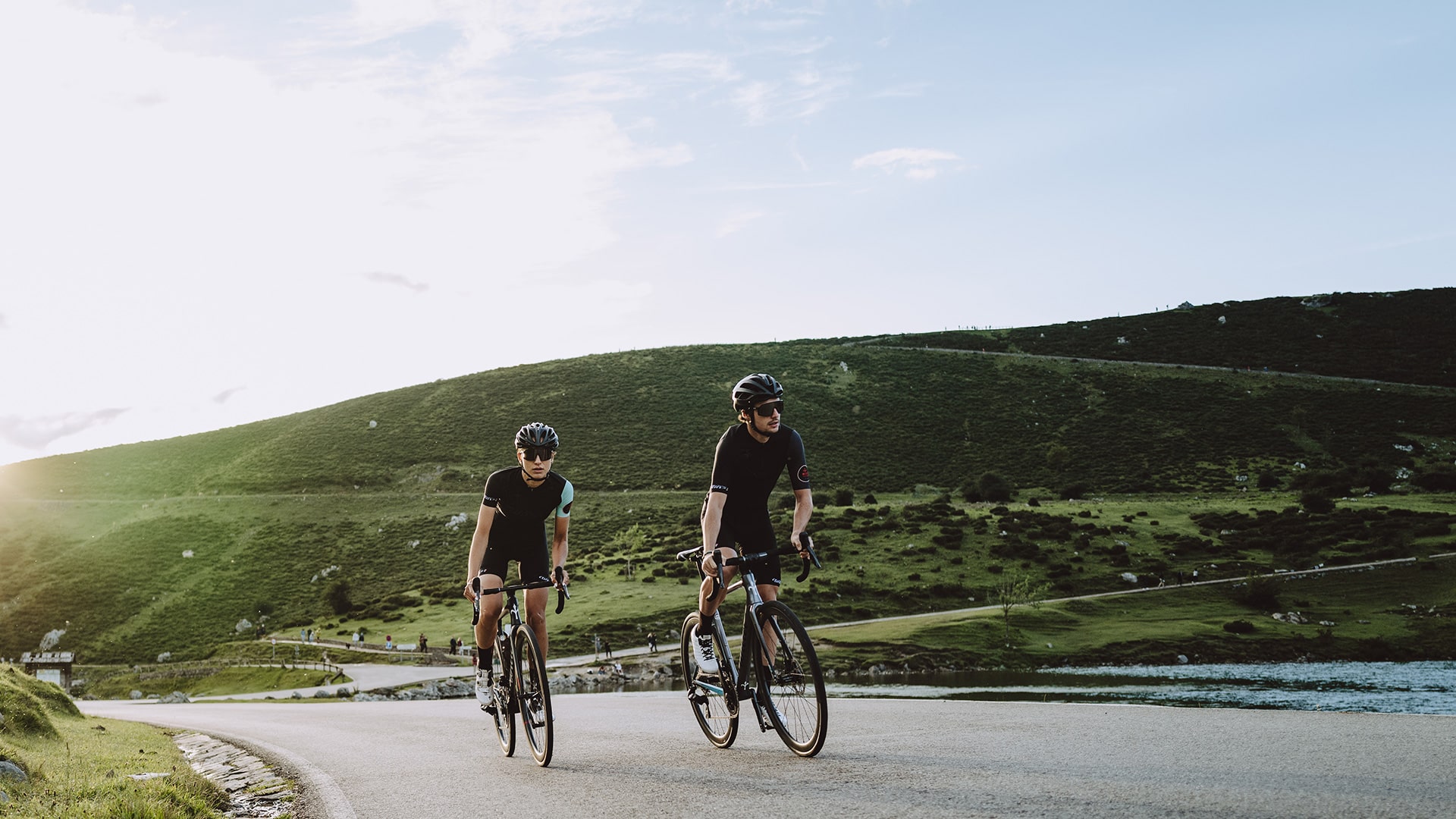
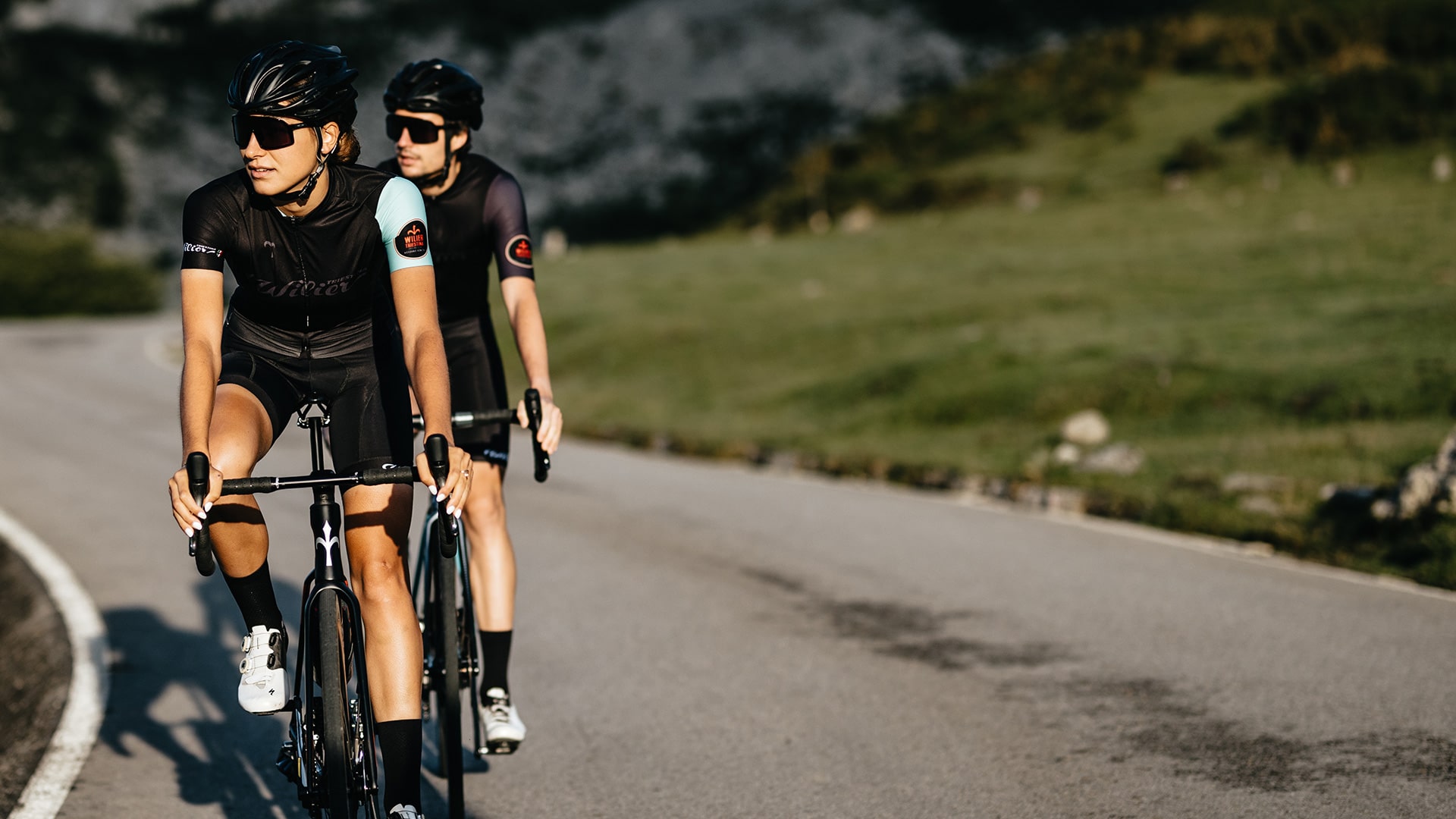

Therefore, despite the 17th stage of the Vuelta a España 2021 being 185 km long and there being another very demanding Asturian climb – the Collada Llomena – on every inch of the road a single, dreaded image hovers over everyone: the brutal Huesera ramp, the steepest segment of the now legendary ascent to the Lagos de Covadonga.
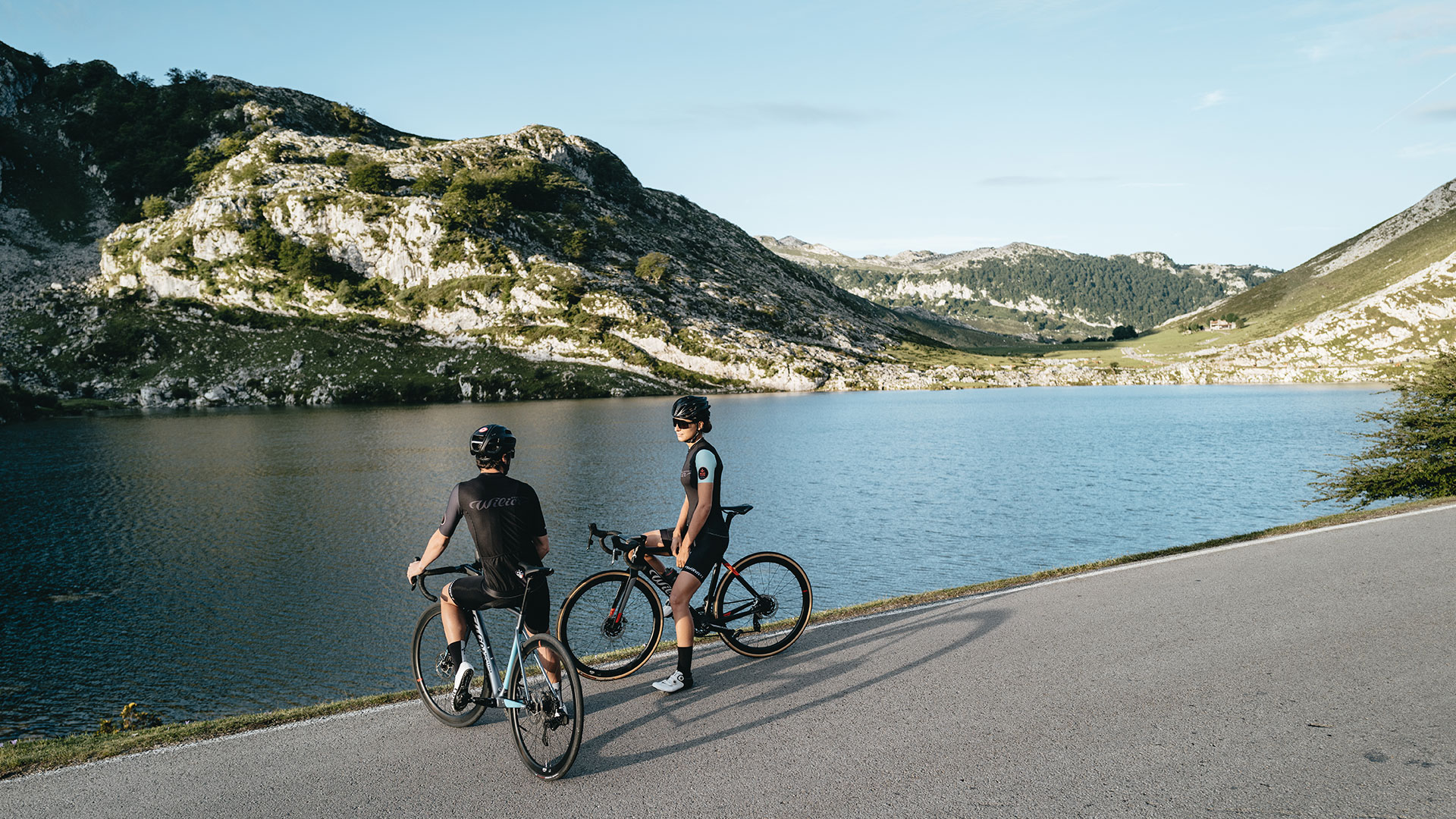
Related stories
A special livery for the African champion
Omar Di Felice triumphs in the most legendary Ultra Cycling race: the 2023 Trans Am Bike Race
Mark Cavendish and his last 250 metres of the Giro d’Italia
It's all about the detail: the new livery for the Astana Qazaqstan Team in 2023
Newsletter
Fill in the form below for updates on all that's new in the Wilier Triestina world, with plenty of content: product news, technical insights, professional teams, fairs and events, ambassadors, promotions and offers, all arriving in your email box. And if you no longer want to receive news from us, you can unsubscribe at any time.





